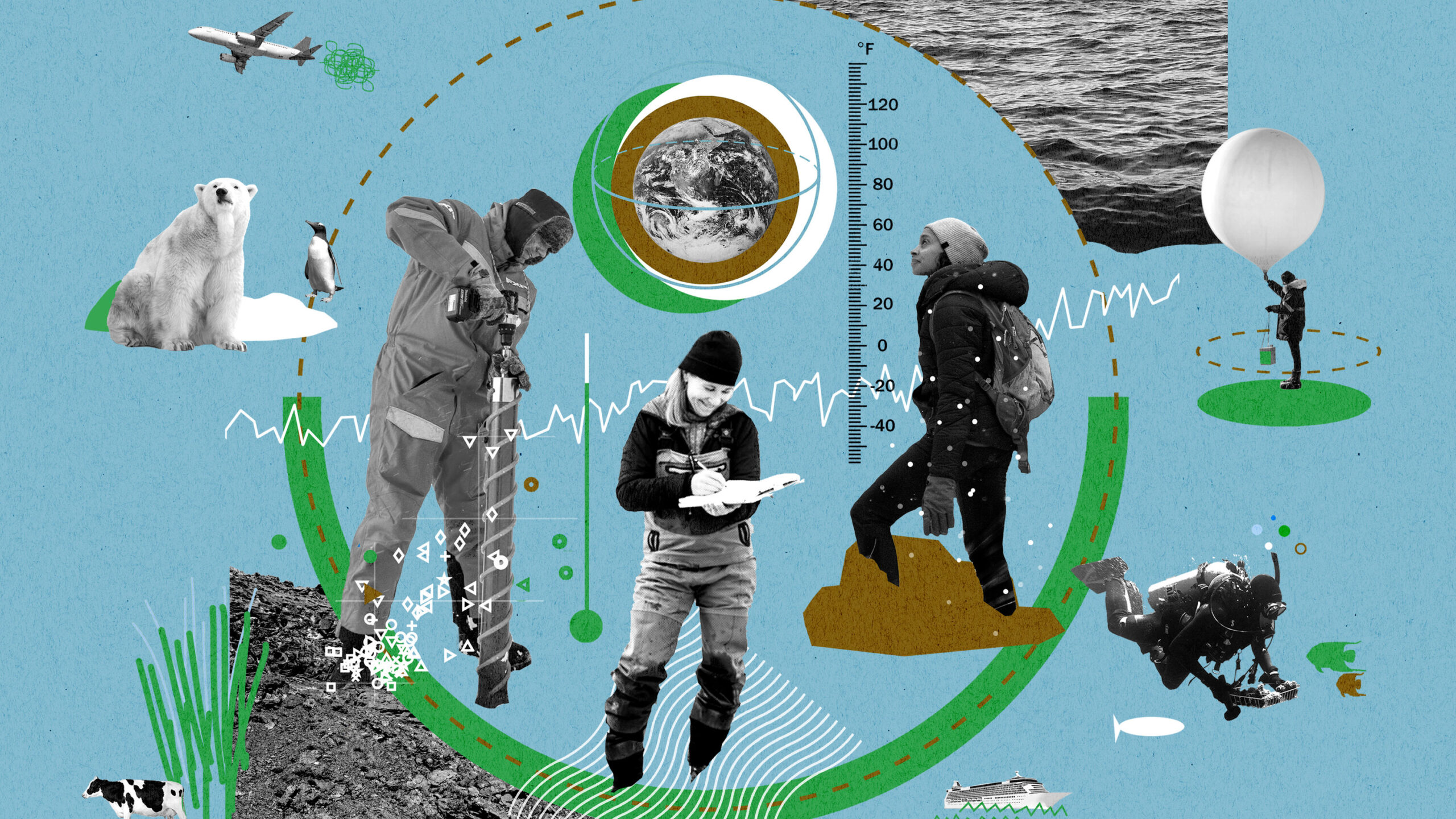
Climate change is no longer a distant threat; it is a pressing reality reshaping our planet in ways that are both visible and hidden. As we move through 2024, the impacts of climate change on global weather patterns have become increasingly evident. From rising temperatures to extreme weather events, the consequences of our warming world are manifesting in complex and sometimes unexpected ways. This article explores how climate change is influencing global weather patterns in 2024, the underlying mechanisms driving these changes, and the broader implications for ecosystems and human societies.
The Accelerating Trend of Rising Temperatures
One of the most obvious effects of climate change is the rise in global temperatures. According to recent data, 2024 has seen record-breaking heat waves in various regions, continuing the trend of increasingly hot years. The Intergovernmental Panel on Climate Change (IPCC) reports that the global average temperature has risen by approximately 1.2°C above pre-industrial levels. This warming is primarily due to the increase in greenhouse gases such as carbon dioxide, methane, and nitrous oxide, which trap heat in the Earth’s atmosphere.
The rising temperatures are not just a number on a thermometer; they are influencing a range of weather patterns. For example, warmer air holds more moisture, leading to more intense rainfall and storms. Additionally, higher temperatures contribute to the melting of polar ice caps and glaciers, which in turn affects sea levels and ocean currents.
Changes in Precipitation Patterns
Climate change is causing significant shifts in precipitation patterns around the world. Some regions are experiencing increased rainfall, while others are facing severe droughts. In 2024, parts of Europe and North America have seen unusually heavy rainfall, leading to flooding and landslides. Conversely, regions like the Middle East and parts of Australia are grappling with prolonged droughts, impacting water supply and agriculture.
These changes in precipitation patterns are linked to alterations in atmospheric circulation. For instance, the warming of the Arctic is influencing the jet stream, which affects weather systems across the Northern Hemisphere. As the Arctic warms faster than other regions, the temperature gradient between the Arctic and the mid-latitudes decreases, leading to a more meandering jet stream. This can result in prolonged periods of extreme weather, such as heatwaves or cold spells, in various regions.
The Rise of Extreme Weather Events
Extreme weather events have become more frequent and severe due to climate change. In 2024, we have witnessed a dramatic increase in the number and intensity of hurricanes, typhoons, and cyclones. These powerful storms are fueled by warmer ocean waters, which provide additional energy for storm development. The 2024 Atlantic hurricane season, for example, has seen an unprecedented number of Category 4 and 5 storms, causing widespread damage and disruption.
Heatwaves are also becoming more common and intense. Cities around the world are experiencing record-breaking temperatures, which have serious implications for public health, agriculture, and energy consumption. Prolonged heatwaves can lead to heat-related illnesses and deaths, strain energy grids, and affect crop yields.
Impact on Seasonal Patterns
Climate change is disrupting traditional seasonal patterns, leading to shifts in ecosystems and human activities. For example, in 2024, some regions are experiencing earlier springs and later winters. This can have a cascading effect on various aspects of life, including agriculture, wildlife, and cultural practices.
In agriculture, altered growing seasons can affect crop production and food security. Farmers may need to adjust planting and harvesting schedules to cope with changing weather patterns. Similarly, wildlife species that rely on specific seasonal cues for breeding or migration may face challenges as their habitats change.
The Oceanic Influence

The oceans play a crucial role in regulating the Earth’s climate, and climate change is affecting oceanic systems in multiple ways. In 2024, sea surface temperatures are higher than historical averages, contributing to coral bleaching and disrupting marine ecosystems. Warmer waters also influence the formation and intensity of tropical storms, as mentioned earlier.
Ocean currents, which regulate global climate by distributing heat around the planet, are also being altered by climate change. Changes in ocean circulation patterns can impact weather systems, marine life, and even coastal communities. For example, the weakening of the Gulf Stream could lead to cooler temperatures in Europe and disrupt weather patterns across the Atlantic.
Implications for Ecosystems and Human Societies
The consequences of changing weather patterns extend beyond immediate weather events. Ecosystems are facing significant stress as species struggle to adapt to new conditions. Coral reefs, which are highly sensitive to temperature changes, are experiencing widespread bleaching and die-offs. Forests are also at risk from increased wildfire activity and shifting species distributions.
Human societies are grappling with the broader impacts of climate change on infrastructure, health, and economies. Increased flooding and storm damage can strain disaster response systems and infrastructure. Health systems must address the rising incidence of heat-related illnesses and vector-borne diseases. Additionally, economic sectors such as agriculture and tourism may face disruptions due to changing weather patterns.
Adaptation and Mitigation Strategies
To address the challenges posed by climate change, adaptation and mitigation strategies are essential. Adaptation involves making adjustments to reduce vulnerability to climate impacts, such as improving infrastructure resilience, developing early warning systems, and adjusting agricultural practices. Mitigation focuses on reducing greenhouse gas emissions to slow the pace of climate change. This includes transitioning to renewable energy sources, enhancing energy efficiency, and supporting conservation efforts.
In 2024, there is a growing recognition of the need for coordinated global efforts to tackle climate change. International agreements like the Paris Agreement aim to limit global warming and promote sustainable development. However, achieving these goals requires concerted action at all levels, from individual behaviors to government policies and international cooperation.
Conclusion
As we navigate through 2024, the unseen consequences of climate change are becoming increasingly apparent. Rising temperatures, shifting precipitation patterns, and more frequent extreme weather events are reshaping global weather patterns and impacting ecosystems and human societies. Addressing these challenges requires a comprehensive approach that includes adaptation, mitigation, and global cooperation. By understanding the complex interactions between climate change and weather patterns, we can better prepare for and respond to the evolving impacts of our warming world.

